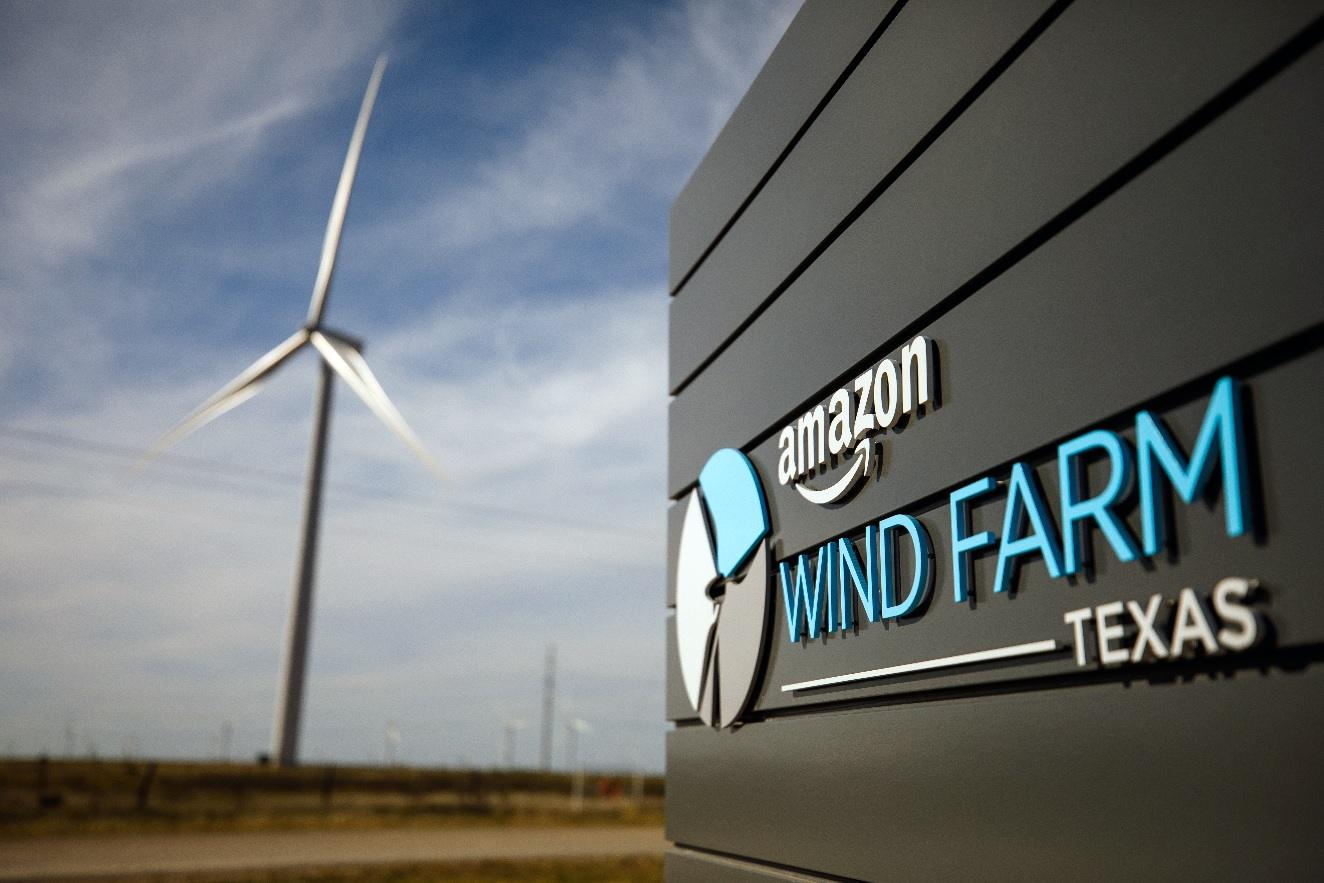Thyssenkrupp Achieves Gigawatt Scale in Green Hydrogen
Industrial conglomerate thyssenkrupp has achieved a significant milestone in its green hydrogen business, announcing today that it has significantly increased its manufacturing capacity and can now annually produce electrolysis cells with a total power consumption capability of up to one gigawatt, together with its strategic supplier and joint venture partner De Nora. The company expects to continue to ramp capacity in the future.
Hydrogen has long been seen as one of the key building blocks of the transition to a cleaner energy future, given its ability to act both as a clean energy carrier and fuel, as well as a CO2-neutral feedstock for the production of green chemicals. Despite being the most abundant element in the universe, however, there are no pure hydrogen deposits on earth, and it must be extracted from other materials. The extraction process often creates pollutants and GHG emissions. Green hydrogen, on the other hand, uses an electrolysis process to extract hydrogen from water, using a renewable source of energy such as wind or solar, with only oxygen released as a byproduct.
As a specialist in the engineering and construction of chemical plants, thyssenkrupp can enable entire value chains, from the large-scale production of hydrogen to the subsequent manufacture of sustainable base chemicals such as ammonia and methanol. In corresponding industrial processes this makes it possible to dispense with fossil raw materials and reduce CO2 emissions directly at source.
Referring to the opportunities created by the company’s achievement, Sami Pelkonen, CEO of thyssenkrupp’s Chemical & Process Technologies business unit said:
“Many countries around the world are currently planning to enter the hydrogen economy. Water electrolysis is increasingly emerging as a key technology for building a sustainable, flexible energy system and carbon-free industry. This opens up new markets for us.”
Christoph Noeres, head of Energy Storage & Hydrogen at thyssenkrupp added:
“Especially in energy- and resource-intensive industries such as fuel, chemical or steel production, only green hydrogen opens the way to climate neutrality. For this, we need water electrolysis on a gigawatt scale. We can deliver, and as the number and size of hydrogen projects increases we will further expand our production capacities. But one thing is also clear: it won’t work without changed regulatory conditions and fair market opportunities for green hydrogen. In addition to the further expansion of renewable energies, the focus is on adjusting tax systems and crediting the CO2-reducing effect of green hydrogen in the target markets.”





